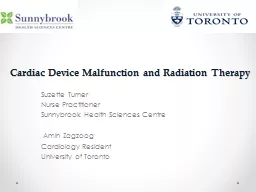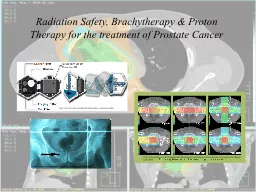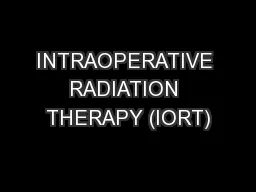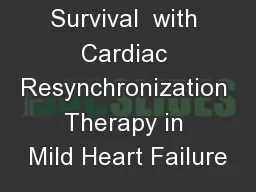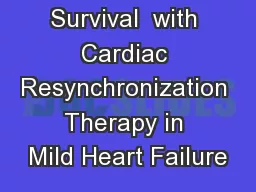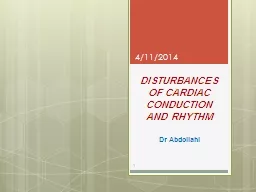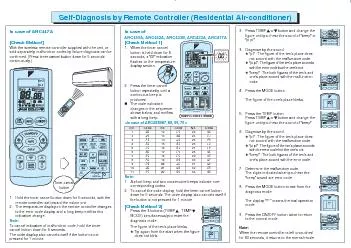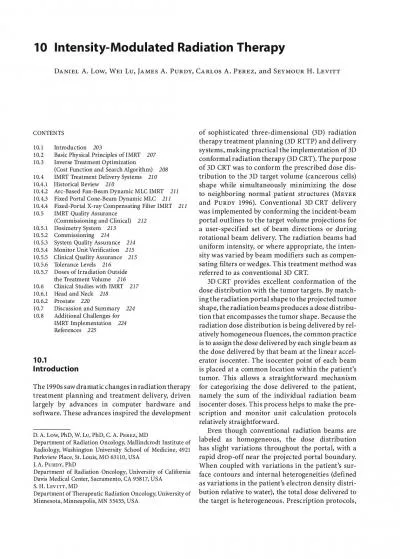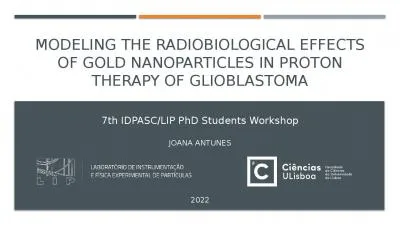PPT-Cardiac Device Malfunction and Radiation Therapy
Author : tawny-fly | Published Date : 2017-05-15
Suzette Turner Nurse Practitioner Sunnybrook Health Sciences Centre Amin Zagzoog C ardiology Resident University of Toronto FACULTYPRESENTER DISCLOSURE Faculty
Presentation Embed Code
Download Presentation
Download Presentation The PPT/PDF document "Cardiac Device Malfunction and Radiation..." is the property of its rightful owner. Permission is granted to download and print the materials on this website for personal, non-commercial use only, and to display it on your personal computer provided you do not modify the materials and that you retain all copyright notices contained in the materials. By downloading content from our website, you accept the terms of this agreement.
Cardiac Device Malfunction and Radiation Therapy: Transcript
Download Rules Of Document
"Cardiac Device Malfunction and Radiation Therapy"The content belongs to its owner. You may download and print it for personal use, without modification, and keep all copyright notices. By downloading, you agree to these terms.
Related Documents

